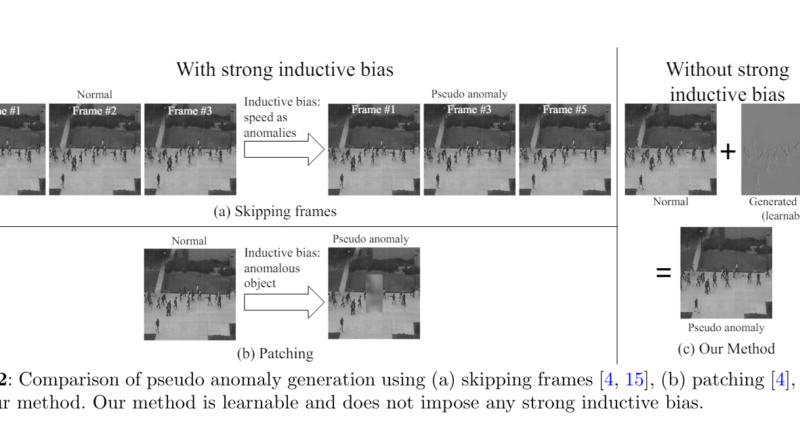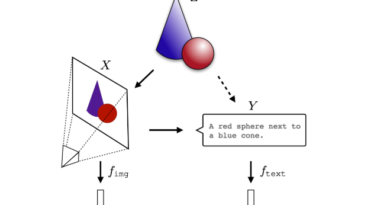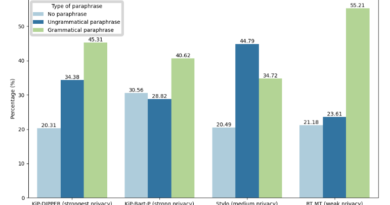Enhancing Anomaly Detection with Adaptive Noise: A Pseudo Anomaly Approach
Anomaly detection plays a crucial role in various fields, including surveillance, medical analysis, and network security. The ability to accurately identify anomalies in a given dataset is essential for ensuring the integrity and security of systems. Traditional approaches to anomaly detection often rely on autoencoder (AE) models, which are trained to reconstruct normal data and identify deviations from the learned patterns. However, these models tend to struggle with accurately detecting anomalies, as they can reconstruct them too well, making it challenging to distinguish abnormal data from normal data.
To address this limitation, researchers have proposed a novel approach called “Enhancing Anomaly Detection with Adaptive Noise: A Pseudo Anomaly Approach.” This method involves creating pseudo anomalies by incorporating adaptive noise into normal data, which allows for improved discrimination between normal and abnormal patterns.
The Limitations of Autoencoder Models
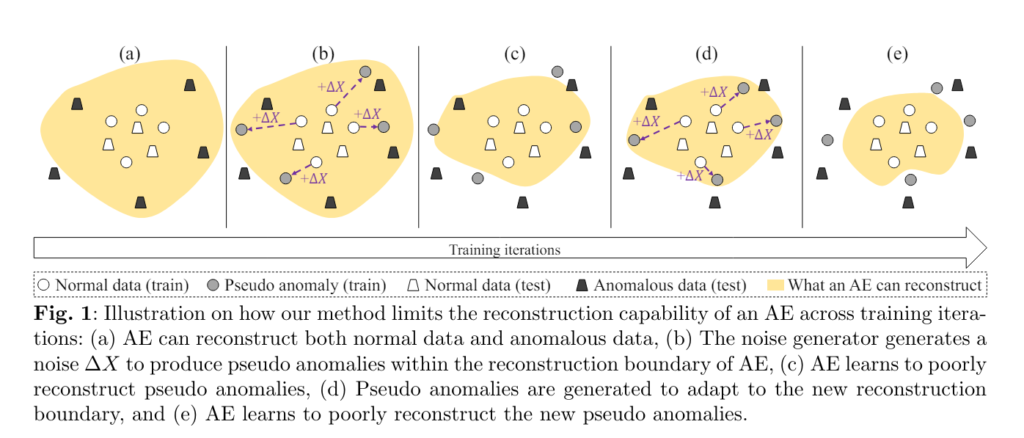
Autoencoder (AE) models are commonly used in anomaly detection due to their ability to learn and represent complex patterns in data. These models consist of an encoder network that compresses the input data into a lower-dimensional representation and a decoder network that reconstructs the input data from the compressed representation. During training, AEs aim to minimize the reconstruction error, which incentivizes them to learn the underlying patterns in normal data.
However, when it comes to anomalies, AEs tend to perform too well in reconstructing them. This phenomenon is known as overfitting to anomalies, where the model becomes insensitive to deviations from the learned normal patterns. As a result, distinguishing between normal and abnormal data becomes challenging, leading to false negatives or false positives in anomaly detection.
Memory-Based Networks and Pseudo Anomalies
To overcome the limitations of traditional AE models, previous research has explored the use of memory-based networks and pseudo anomalies. Memory-based networks introduce memory mechanisms into AE models to limit their reconstruction capability of anomalies. By incorporating a memory component, the model can store and retrieve information about normal patterns, which helps in discriminating against anomalies. However, this approach may unintentionally affect the reconstruction of normal data, leading to false positives in anomaly detection.
Alternatively, generating pseudo anomalies has been proposed as an effective way to enhance anomaly detection. Pseudo anomalies are artificially created data samples that resemble anomalies but are not actual instances of anomalies. By training AEs to reconstruct these pseudo anomalies poorly, the reconstruction boundary evolves, leading to improved discrimination between normal and abnormal data. Previous methods have relied on strong inductive biases or hand-crafted augmentation techniques to generate pseudo anomalies.
Enhancing Anomaly Detection with Adaptive Noise
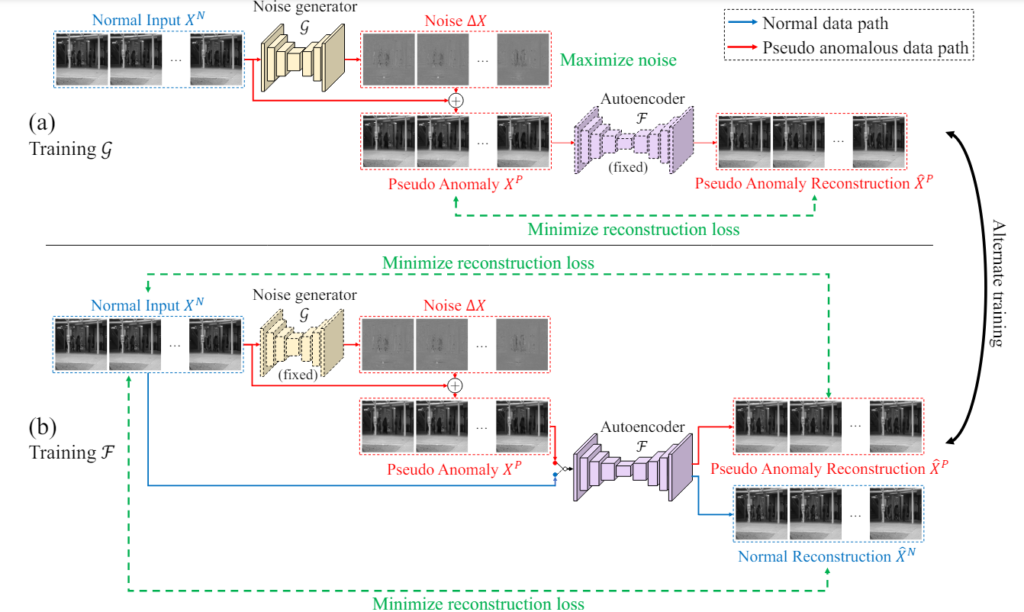

What sets this method apart from previous approaches is its generic applicability across diverse domains. Unlike methods with strong inductive bias or hand-crafted augmentation techniques, this approach does not rely on domain-specific knowledge or assumptions. Instead, it leverages the power of adaptive noise to enhance anomaly detection in a wide range of datasets.
The proposed method for enhancing anomaly detection with adaptive noise takes a different approach by incorporating learned adaptive noise into normal data. This noise is generated by training another autoencoder network to generate noise based on normal input. The generated noise is then added to the input data, creating pseudo anomalies. By training an AE to reconstruct these pseudo anomalies poorly, the reconstruction boundary evolves, leading to improved anomaly detection capabilities.
During the training process, the AE is trained to reconstruct normal input well while poorly reconstructing the pseudo anomalies created by adding adaptive noise. This evolution of the reconstruction boundary allows the model to better discriminate between normal and abnormal data. The incorporation of adaptive noise into the normal data is a key factor in achieving this improved performance. The adaptive noise generation process ensures that the noise added to the normal data is tailored to the specific dataset, allowing for better adaptation to different types of anomalies.
During testing, anomaly scores are computed based on the reconstruction error. By comparing the reconstruction error of a given data sample with the learned reconstruction boundary, anomalies can be detected efficiently without additional computational cost. This approach offers a practical and effective solution for anomaly detection in real-world applications.
Evaluating the Method

To evaluate the effectiveness and generic applicability of the proposed method, researchers conducted experiments on diverse datasets across different domains. These datasets include surveillance videos (Ped2, Avenue, ShanghaiTech), CIFAR-10 images, and the KDDCUP99 network intrusion dataset. The researchers preprocessed the inputs accordingly and set up hyperparameters using the Adam optimizer.
The proposed method was extensively compared with baselines and state-of-the-art methods, demonstrating its superiority in terms of anomaly detection performance and generic applicability. The results showed significant improvements in anomaly detection accuracy, precision, recall, and F1-score compared to traditional AE models and other existing approaches.
Conclusion
Enhancing anomaly detection with adaptive noise through the pseudo anomaly approach offers a promising solution to the limitations of traditional autoencoder models. By incorporating learned adaptive noise into normal data, the method improves the discrimination between normal and abnormal patterns. With its generic applicability and effectiveness across diverse domains, this approach has the potential to enhance anomaly detection in various fields, including surveillance, medical analysis, and network security.
Further research and experimentation are needed to explore the full potential of this approach and its application in real-world scenarios. Nonetheless, the adaptive noise-based pseudo anomaly approach represents a significant advancement in the field of anomaly detection, offering a practical and effective solution for identifying anomalies in complex datasets.
Check out the Paper. All credit for this research goes to the researchers of this project. Also, don’t forget to follow us on LinkedIn. Do join our active AI community on Discord.
Explore 3600+ latest AI tools at AI Toolhouse 🚀.
Read our other blogs on AI Tools 😁
If you like our work, you will love our Newsletter 📰

